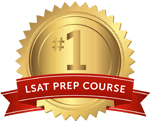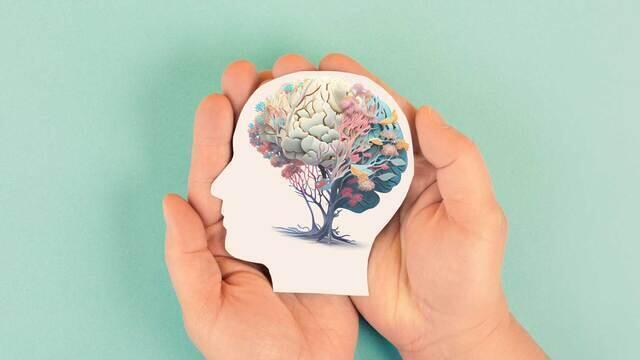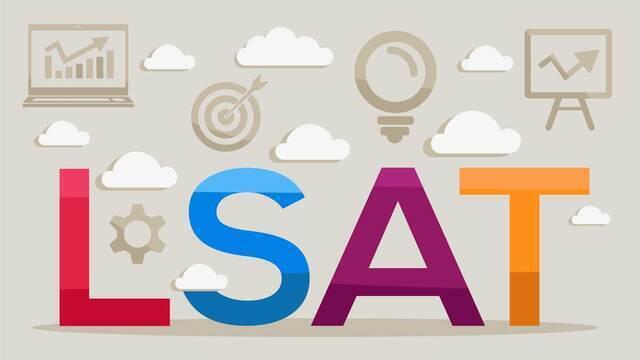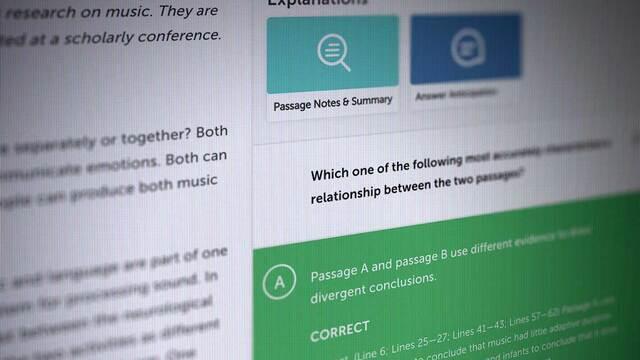As the February LSAT Test approaches, I want to stress the importance of grinding out as much LSAT prep as you can. We officially have less than two weeks till test day. So, seeing as Sufficient & Necessary is the most commonly tested form of reasoning that appears on the LSAT, why not drive home some of these concepts?
Let’s review our “either/or” statements. You know the type: Either A or B. With either/or sentences, a good way to remember how to diagram is to just pick one of the variables, and negate it. That negated variable is your sufficient condition and the other is your necessary condition! Let’s go ahead and try it out:
1. The kittens will either scratch everything or play.
Okay, choose a variable: The kittens will scratch everything. Now negate it! This will be diagramed as: If the kittens do not scratch everything, then they will play.Not KSE ==> KP
Contrapositive: If the kittens do not play, then they will scratch everything.Not KP ==> KSE
Remember, we can read both necessary conditions together as a possible situation. In this case we see that the kittens can both play and scratch everything. I have two cats, so I know that this is a definite possibility! “Either/or” means at least one, and therefore it can include both. This is a big deduction that many LSAT prep students forget. The “necessary variable situation” is very important to remember, because it is commonly tested by LSAC.
Let’s try another:
2. The kitten will either have black fur or white fur.
Okay let’s choose a variable: have black fur. Negate it! So we have: If the kitten does not have black fur, then it has white fur.
Not KBF ==> KWF
Not KWF ==> KBF
Remember, again, in this situation, it is possible for the kitten to have both black and white fur. The simple “either/or” sentence is very different from the “not both” sentence. Go back over the “not both” blog post to compare!
During these last days of your studying, make sure to really analyze your work. Take those practice LSATs and then go over them thoroughly. Really try and hone in on what techniques you used on the questions you got correct and utilize that same technique on the ones you are choosing incorrectly. Keep at it! You’re almost there!
Happy Studying!










